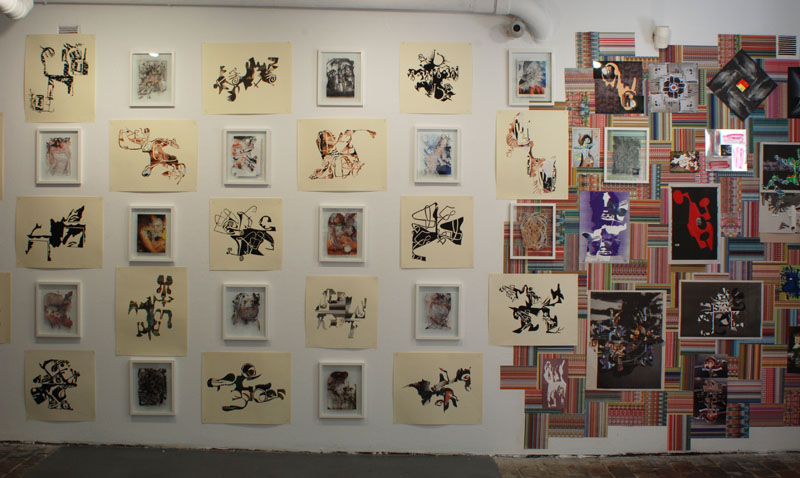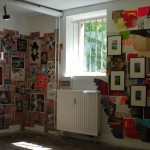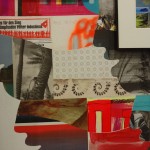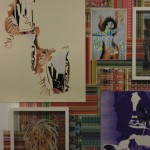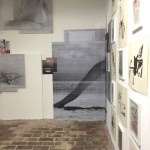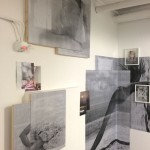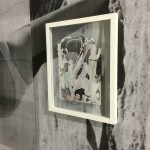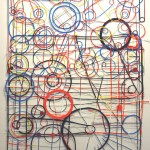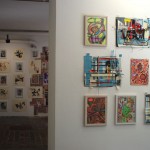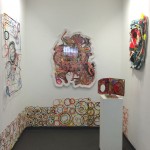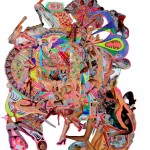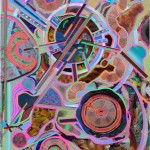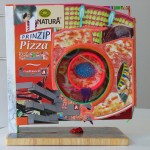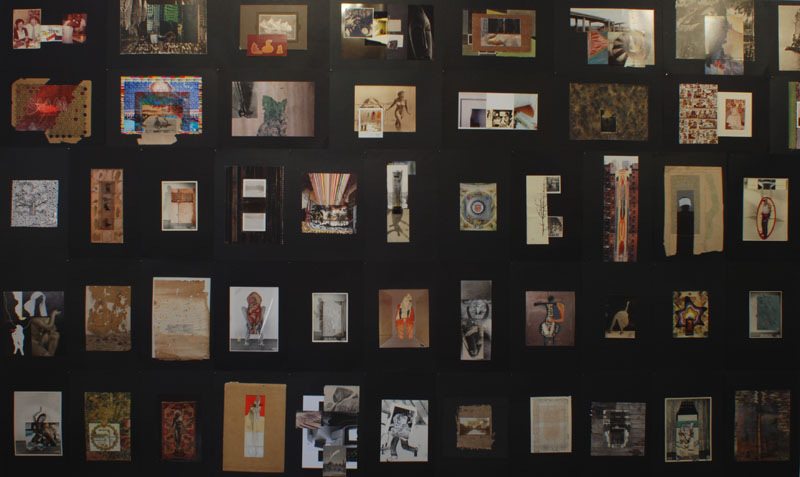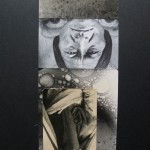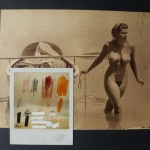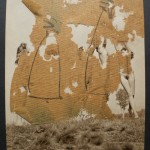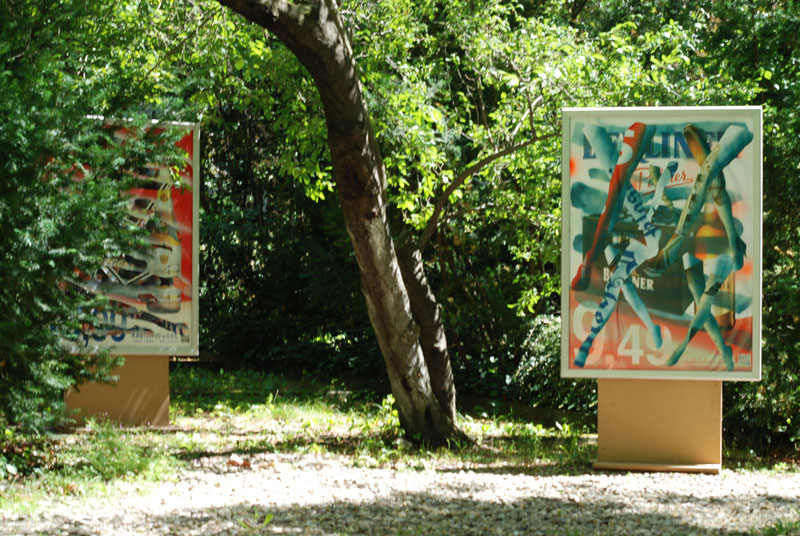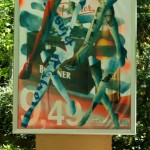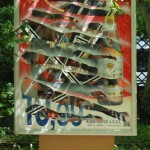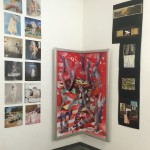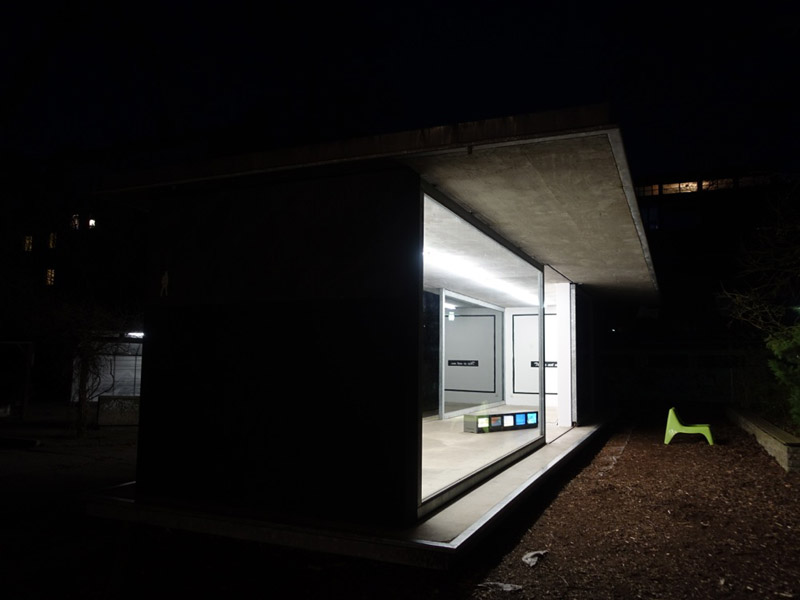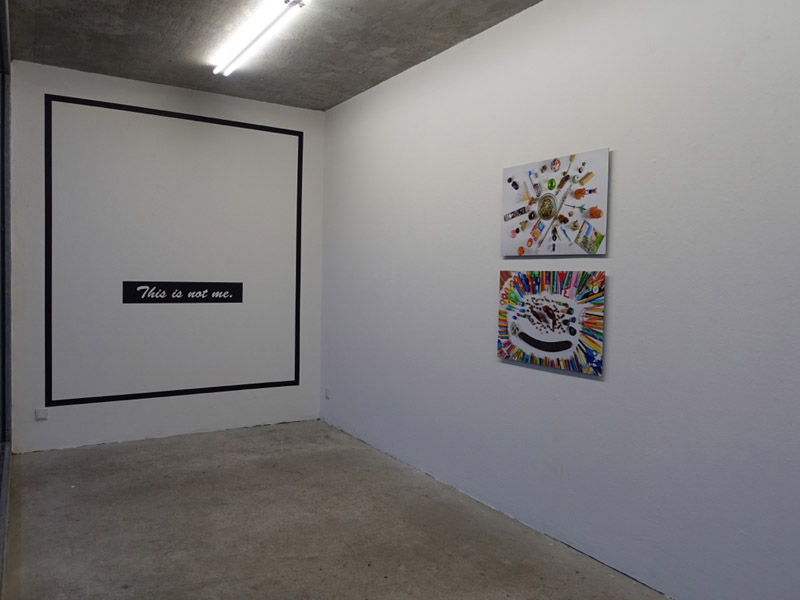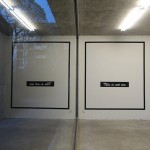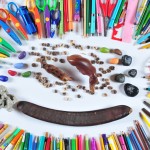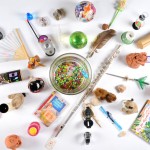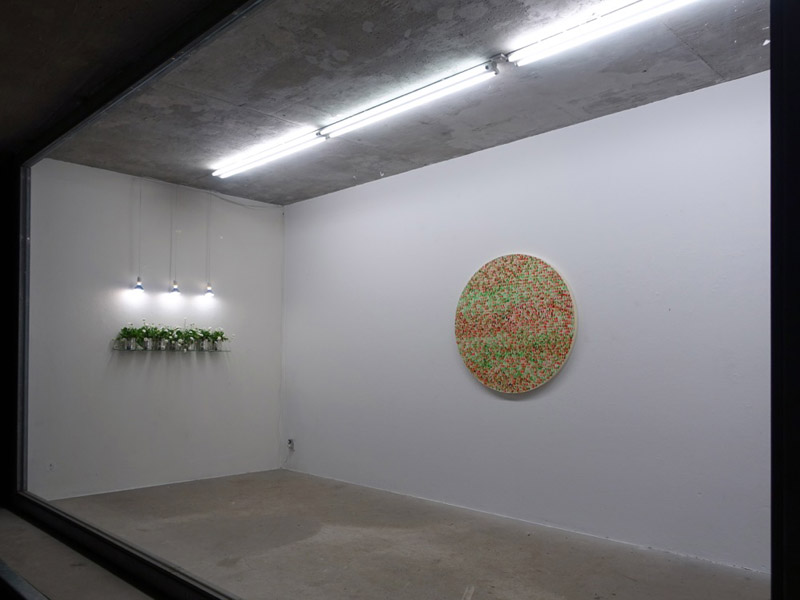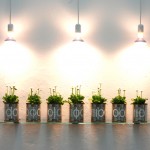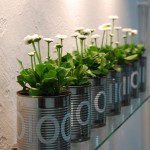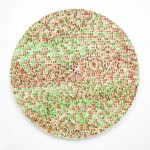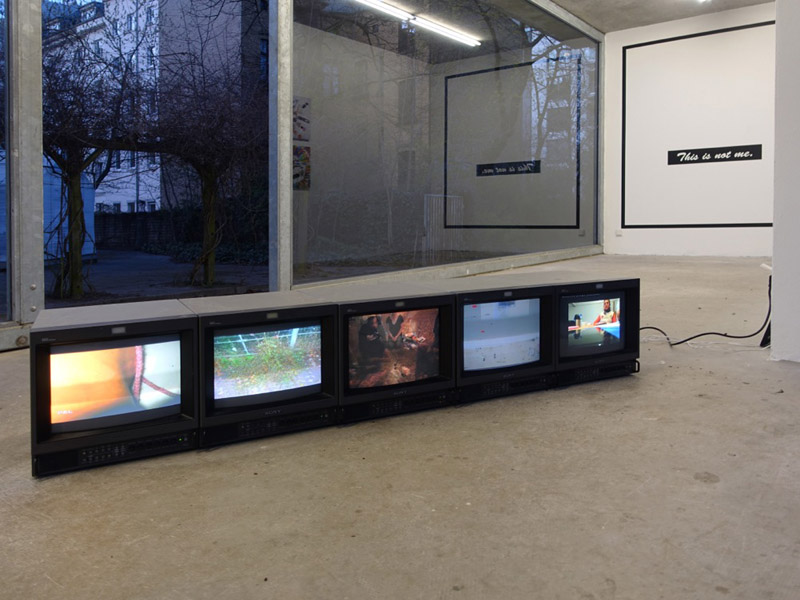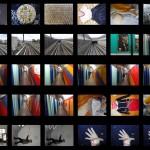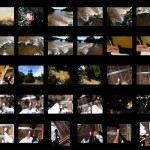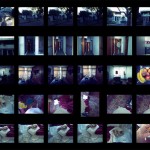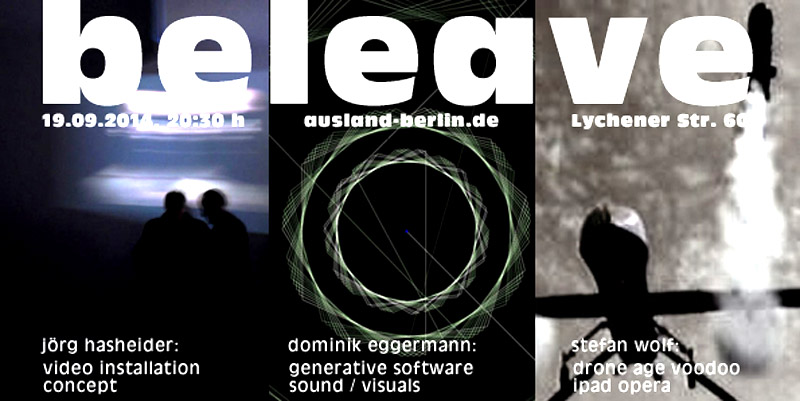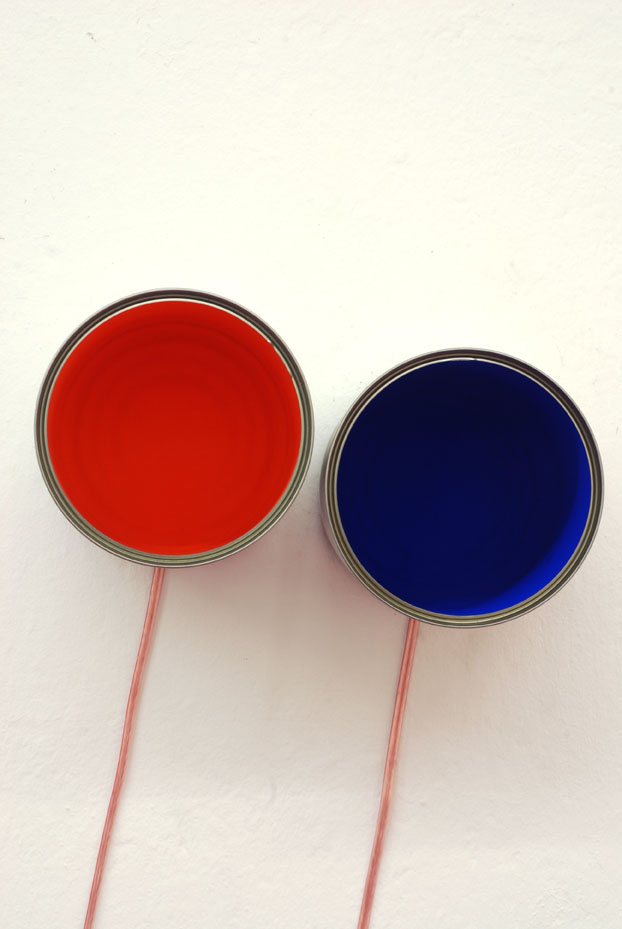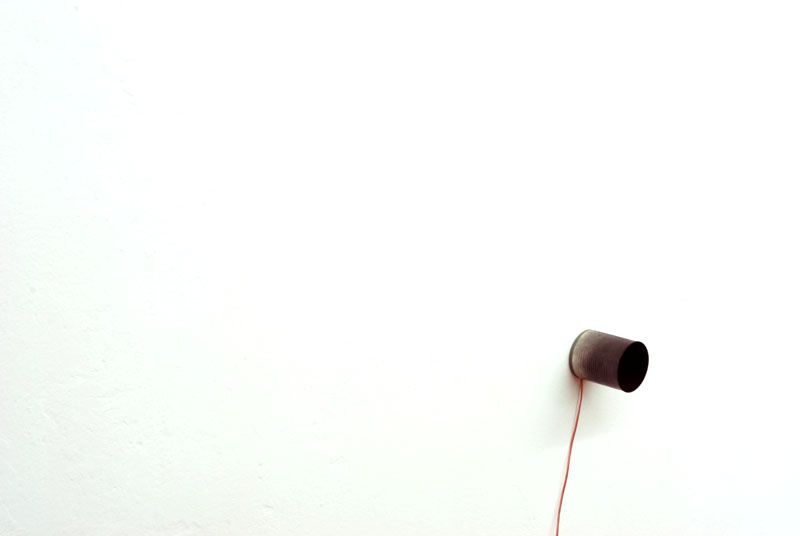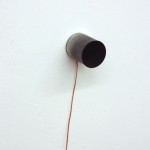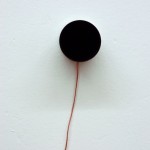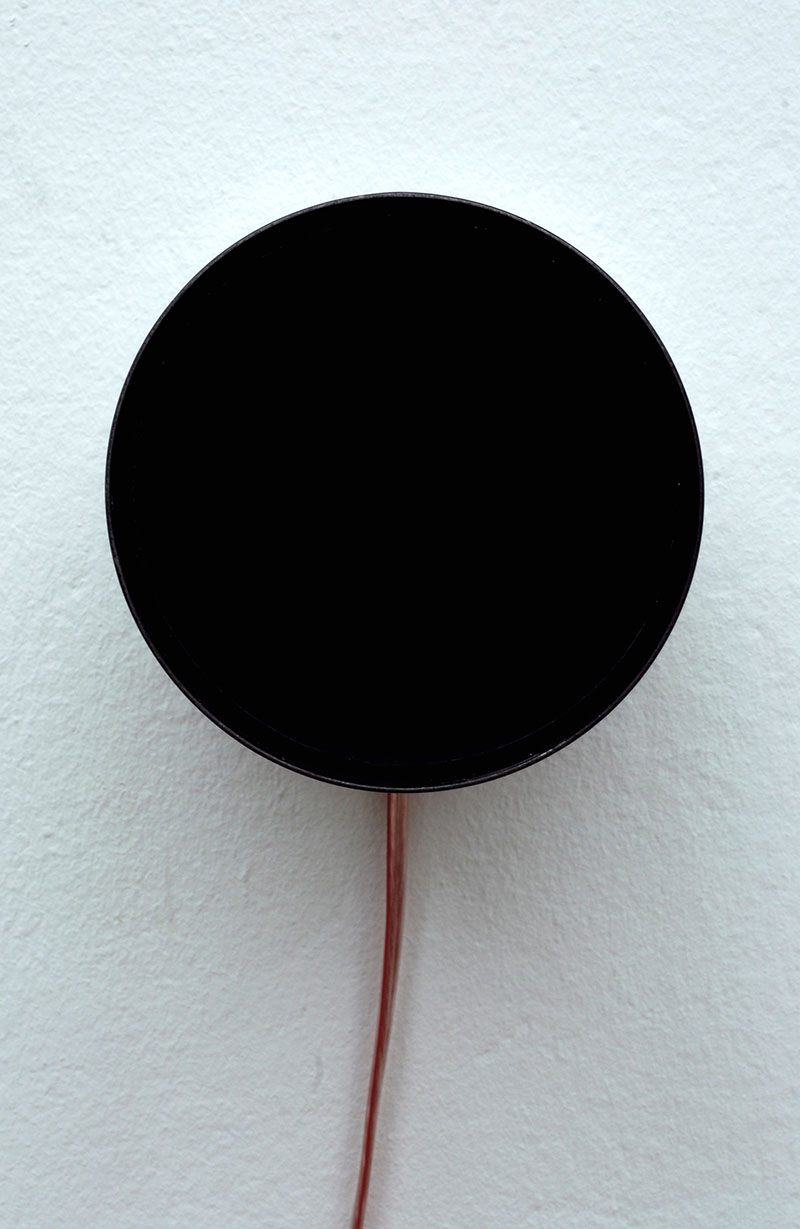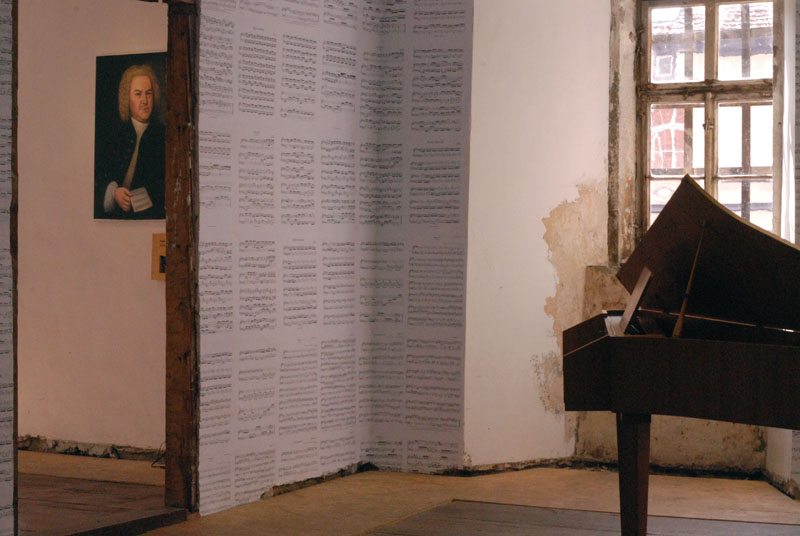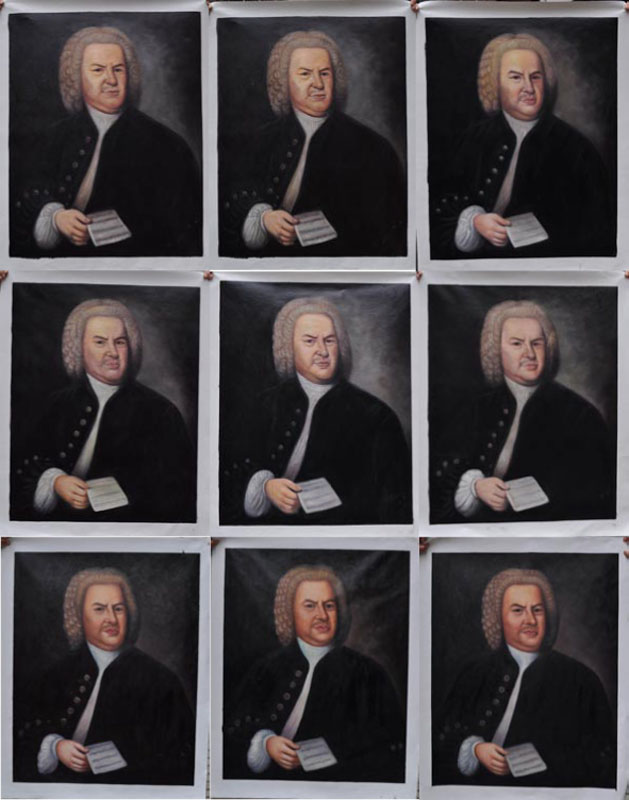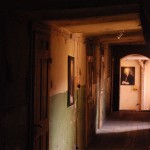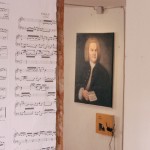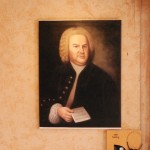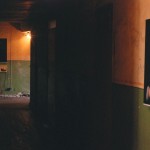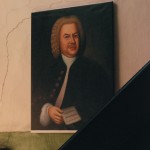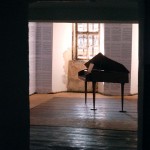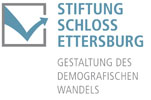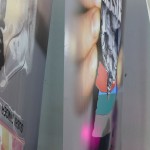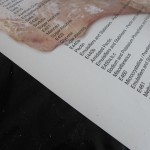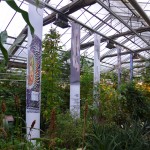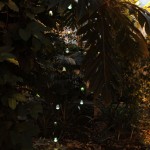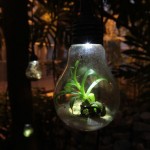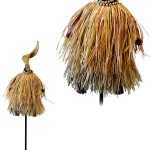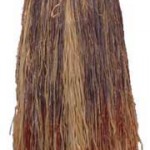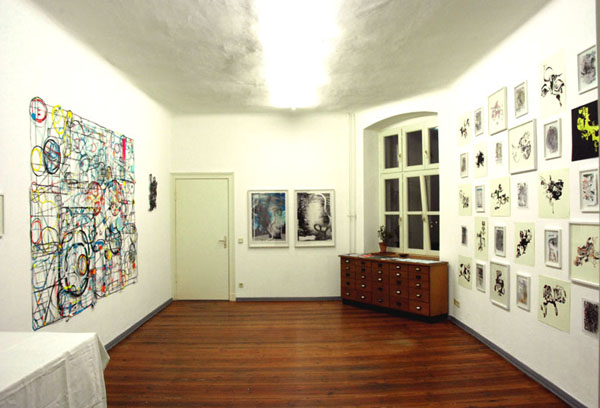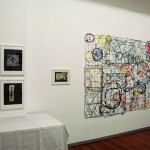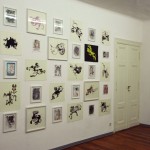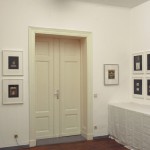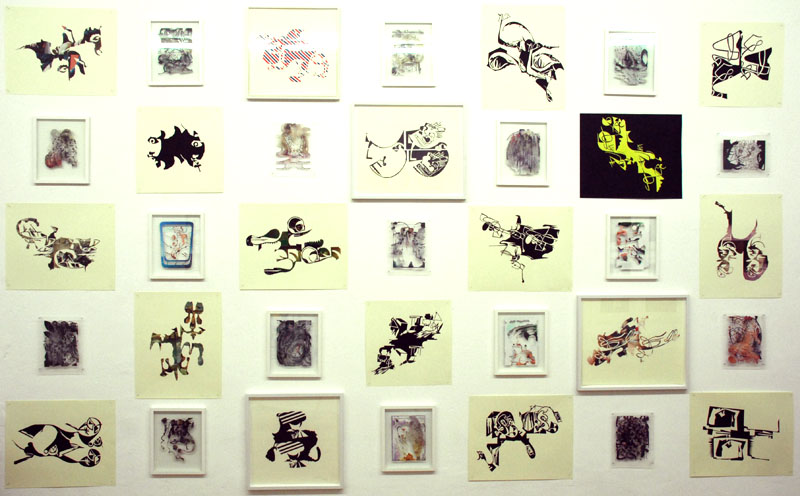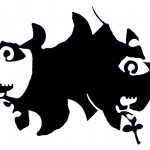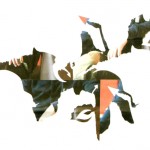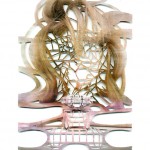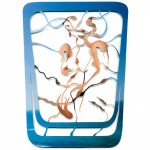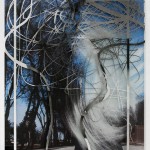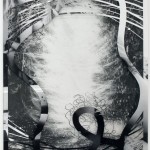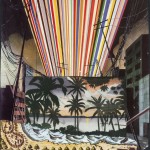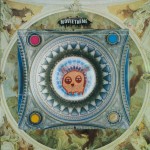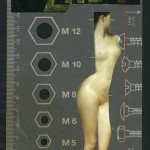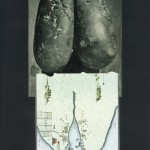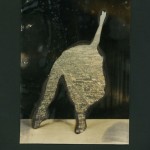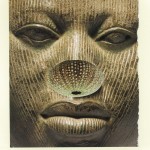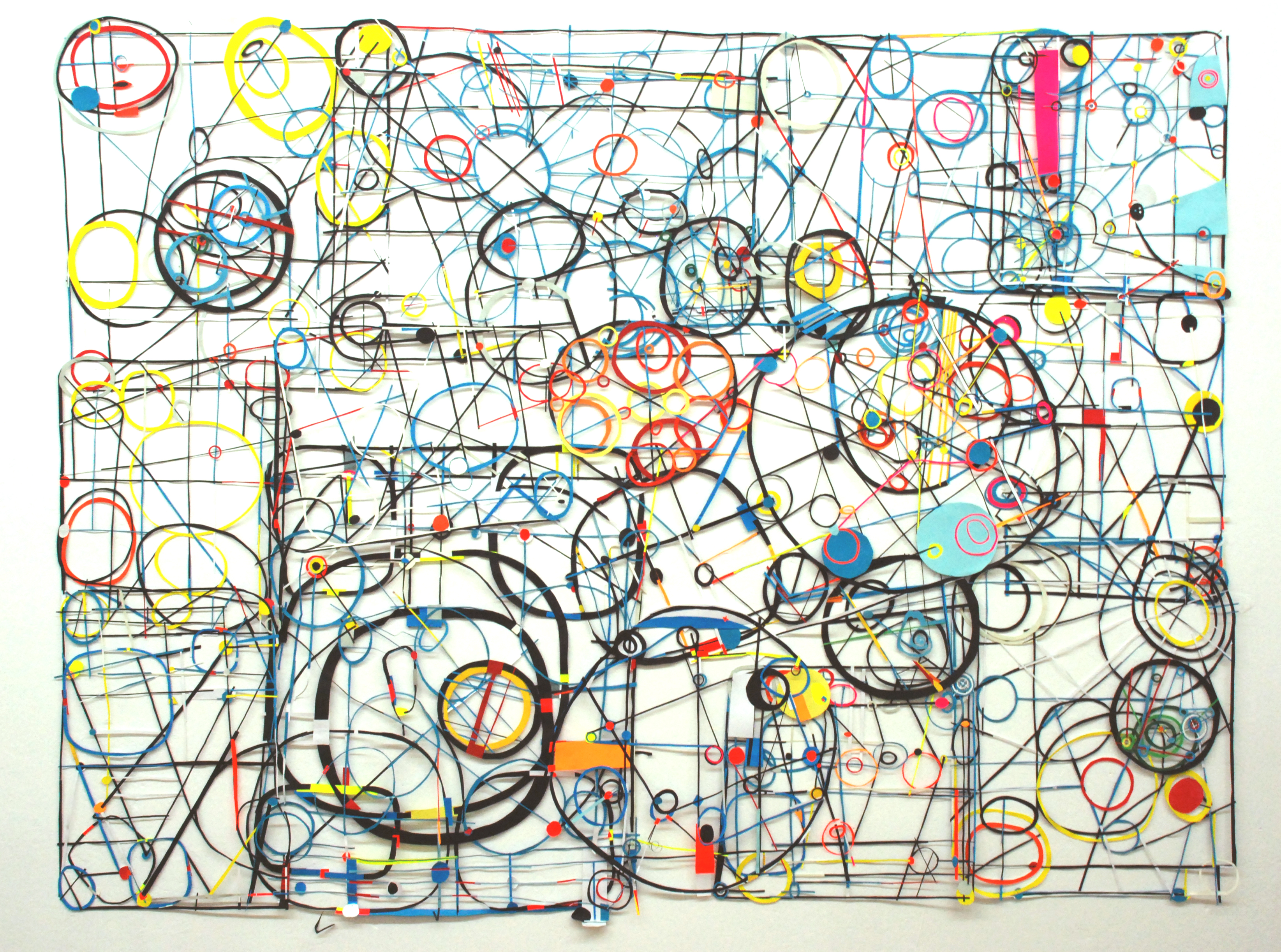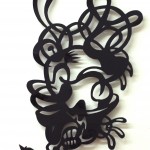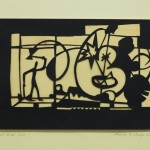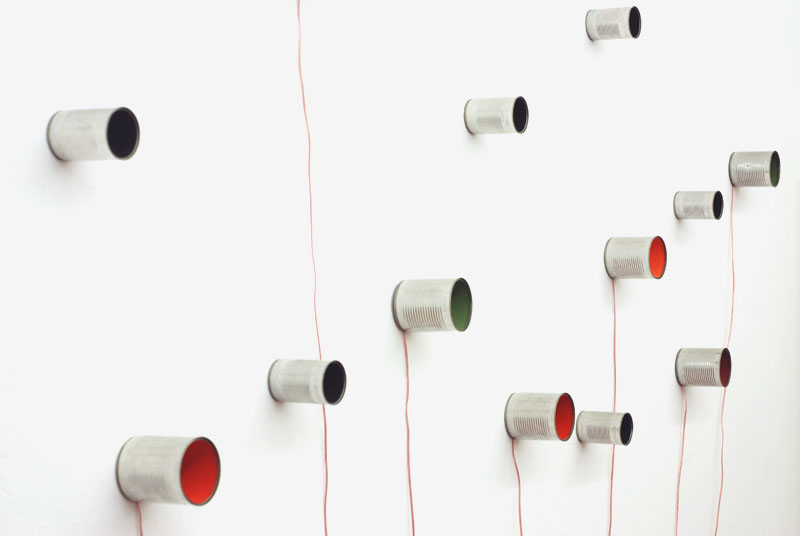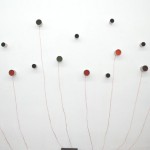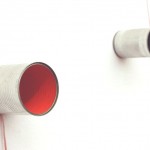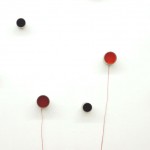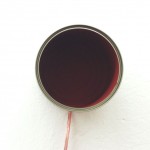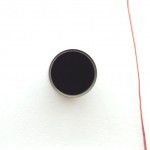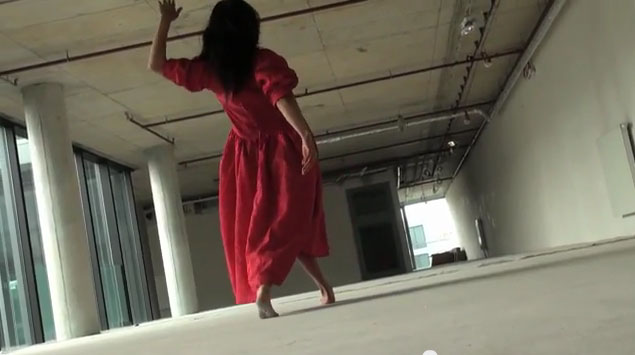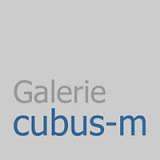WITZENHAUSEN 2013
Aboudramane, Liz Crossley, Clemence De La Tour Du Pin, Goddy Leye,
Myriam Mihindou, Antoine Renard, Rosmarie Weinlich
in cooperation with Galerie Peter Herrmann
Plants Talk, Africa was the second exhibition I was organising for the facilities of the DITSL GmbH, the german institute for tropical and subtropical agriculture, and the tropical greenhouses of the University of Kassel. Both exhibitions were working with the fascinating opportunity to connect the Ethnographical Museum and the greenhouses in the framework of exhibitions that were dealing with the relations man – plant, societies – resources.
THE GREENHOUSES
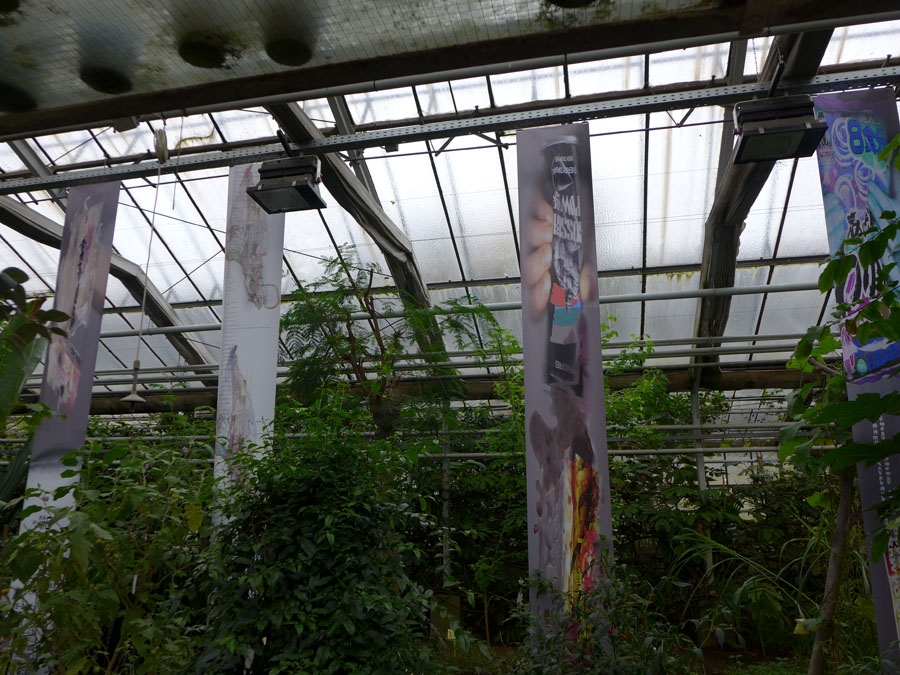
Celemence de La Tour du Pin, Antoine Renard
The common interest of the young french artist couple Clemence de La Tour du Pin and Antoine Renard, is the impact of production, consumption and marketing – and their random side-effects and interactions – on our genetic and memetic evolution.
„Premium Products for a better life“ is using the greenhouse as a screen for aggressive, highly manipulative advertisements of the food industries.
The work is operating on two levels:
Concerning the content, the six banners show combinations and work-overs of food packages, that were chosen with a special focus on fake, the difference between presentation and content. The advertising surfaces are additionally blurred, turned upside down and enriched by additional, apocryphal informations. Some of the packages are opened and squeezed out to reveal the texture and the color of the content. Just partially understandable informations emerge from irritating surfaces, whos aesthetics show, how the relation Man – Food – Nature is transformed and defined.
Formally the banners correspond to the vegetal environment – in terms of color, contentwise-. This connections stay vage and are not stringent. The predominance of the digital marketing-strategies over the Analogue, the Real is the prevailing impression.
Rosmarie Weinlich
Habitat
A melancholic memento of transience
Mixed-media-installation (lightbulbs, carnivorous plants, substratum)
Assuming that our universe is a closed system, all life will someday expire. My experiment: the biological conditions for the developement of life are given. A plant is placed in a substratum, supplied with light and then hermetically sealed. When one of my habitats is ready, time is taking over the rest of the artistic work. RW
The work was also part of the „The Beauty of Trancience“ show, May 2013. You find more pictures and , if you like your pictures moved, a video there. Please scroll down.
THE ETHNOGAPHICAL MUSEUM
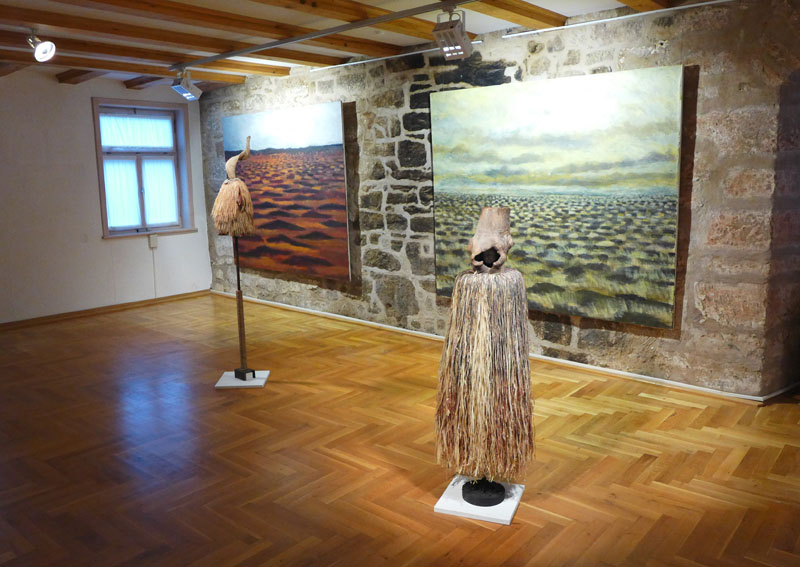
Liz Crossley
This was a City 2002. Acryl auf Leinwand 200 x 170 cm
Grass shall grow 2002. Acryl auf Leinwand 200 x 170 cm
-
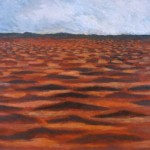
-
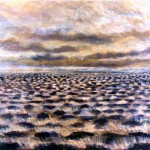
Liz Crossley was born in Kimberley, South Africa. She lives in Berlin. Basic for her work is the landscape around Kimberley, where she grew up. A landscape, still inhabited by residual members of the indigenious population, the San, that developed in aeons and was profoundly changed in years. A landscape that was devastated by extinction and exploitation, that was shaped by the fight for survival and greed in its most elementary form. In the course of the big diamond rush in 1869, each square meter of ground was literally turned over. The face of that landscape, from the stoneage engravings of the San to its scattered presence, is object of her art.
„Landscape are the most solid appearance in which a history can declare itself. It is not background, nor is it a stage – there it is, the past in the present, constantly changing and renewing itself as the present rewrites the past“. LC
Aboudramane
Petite femme
Puppet, Raphia, Horn, Cowries, Metall
1997. 170 x 35 cm
Femme éphémère Wood, Steel, Raphia, Head of a Puppet.
1996. 129 x 30 cm.
Myriam Mihindou
WARDA Video 1:14 min Loop
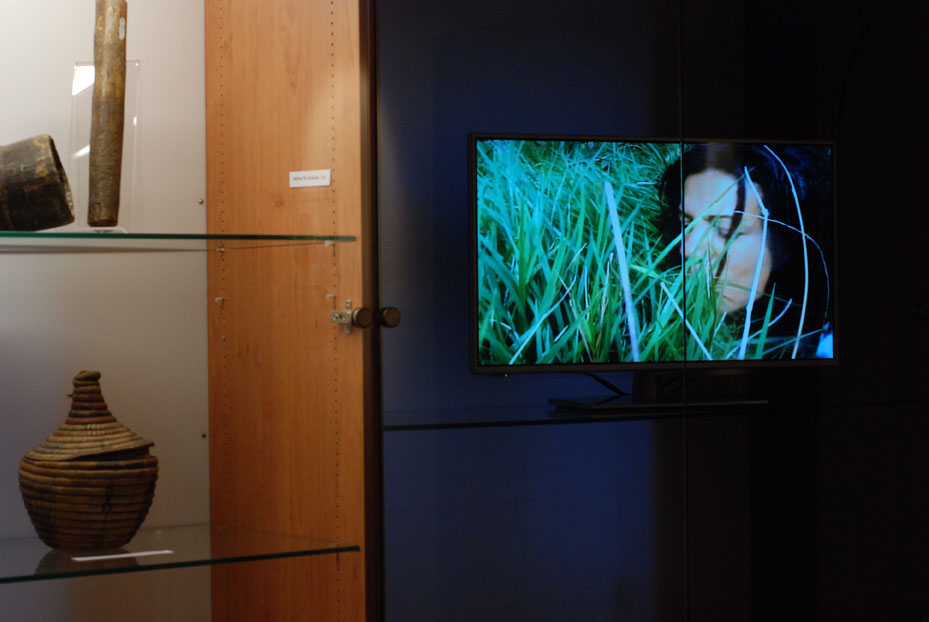
Aware of being part of at least two cultures, she is working on an universal iconography. Mainly working as a sculpurer, she is integrating all kinds of contemporary and traditional aspects. She looks upon her numerous photografies and videos as being part of an organic sculpure. Her self-referential images are dealing with the female body and its stagings. Forcefully strangulated hands and feet refer to the physical threat, these bodies are constantly exposed to. The vunerability of the self and the search for identity are the constituent parts of her work, that also includes her fight for women´s rights in africa and worldwide.
Warda Al-Jazairia (22 July 1939 – 17 May 2012) was an Algerian-Lebanese singer who was well known for her pan-Arabist songs and music. Her name literally meant Warda the Algerian, but she was commonly referred to as just Warda or as „The Algerian Rose“ in the Western media.
The Africa Rice Center (AfricaRice), formerly known as the West Africa Rice Development Association (WARDA) is an African organization located in Cotonou, Benin. AfricaRice is an agricultural research center that was constituted in 1971 by 11 West African countries. Presently the center counts 24 African member states. AfricaRice is since 1986 one of the 15 specialized research centers – the „Future Harvest Centers“ – of the Consultative Group on International Agricultural Research (CGIAR).
Goddy Leye
WE ARE THE WORLD Video, 4:56 min, Loop
short demo-version
Goddy Leye was born 1965 in cameroon. He died in 2011. His main artistic endeavors were dedicated to the establishment of an african conciousness, that is not entangled in colonial or post-colonial thinking. His video „We are the world“ is an incredibly witty and intellectually precise ironic replica to the hit performed by the United Support Artists for Africa.
„The hit „We are the world“ was released, when I was still going to school, dreaming of a better world. I was angry about the fact, that african artists, who were mainly struck by it, never dealt with it. So, as the possibilty occured, I forgot that I should better not become the singer in a band and sang „We are the world“.The work was primarily shown in Douala, on a big screen facing a mall with banks and shops…..A group of young people gathered in front of it and was singing with me: We are the world.“GL
Aboudramane, Liz Crossley, Myriam Mihindou, Goddy Leye
by courtesy of Galerie Peter Herrmann
Photocredits: Galerie Peter Herrmann, Clemence de la Tour du Pints
Sponsors:



Partners:




